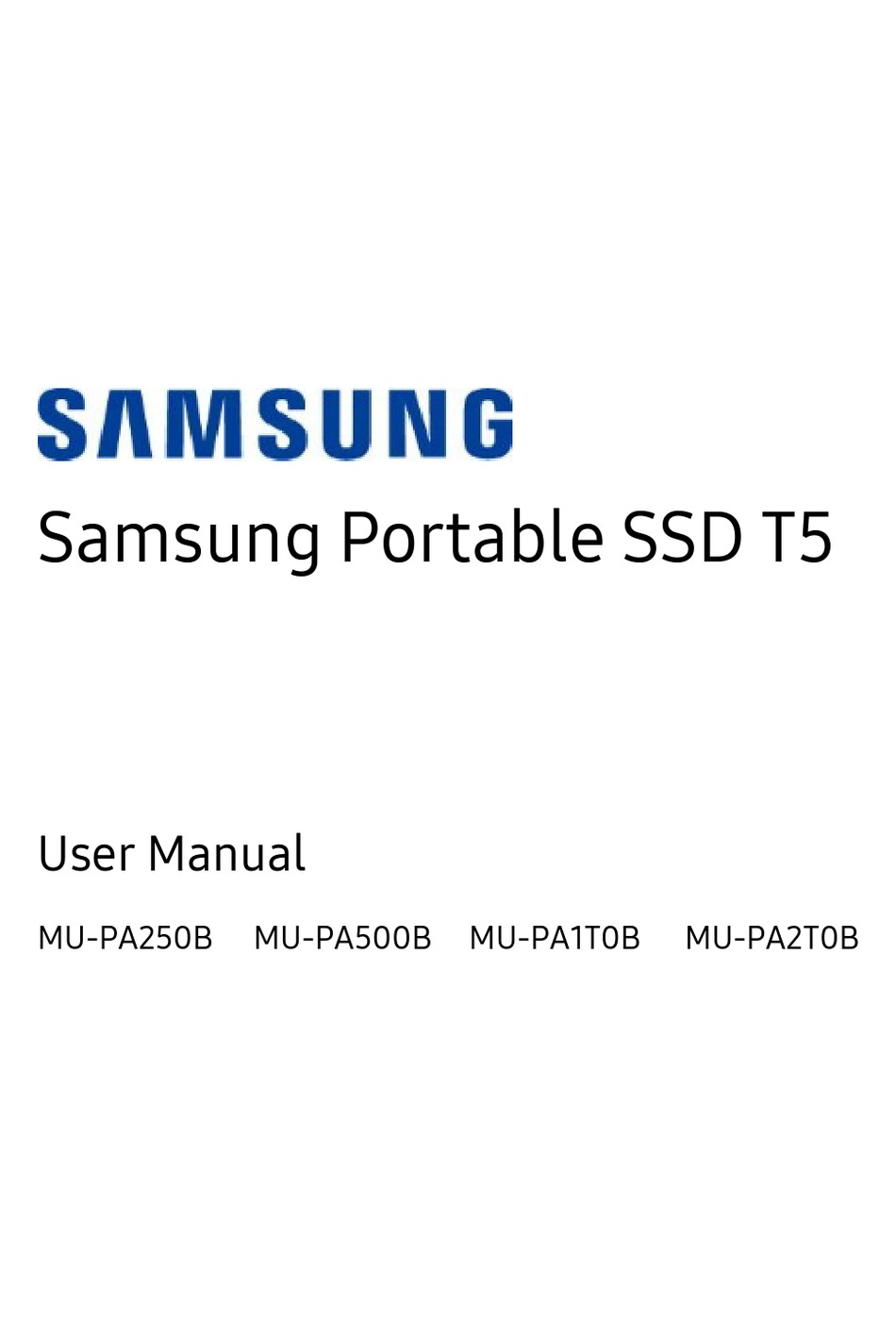

- #Samsung portable ssd daemon.exe function install#
- #Samsung portable ssd daemon.exe function update#
- #Samsung portable ssd daemon.exe function driver#
- #Samsung portable ssd daemon.exe function windows#
#Samsung portable ssd daemon.exe function driver#
During the upgrade process, the device driver is installed on the ESXi 5.5.x host. Some devices are deprecated and no longer supported on ESXi 5.5 and later.
#Samsung portable ssd daemon.exe function update#
To determine which devices are compatible with ESXi 5.5 Update 3b, use the ESXi 5.5 Update 3 information in the VMware Compatibility Guide. To view a list of processors, storage devices, SAN arrays, and I/O devices that are compatible with vSphere 5.5 Update 3, use the ESXi 5.5 Update 3 information in the VMware Compatibility Guide. vCenter Server should also be upgraded to 5.5 Update 1 or later. Make sure all hosts in the Virtual SAN cluster are upgraded to ESXi 5.5 Update 1 or later, before enabling Virtual SAN. Virtual SAN does not support clusters that are configured with ESXi hosts earlier than 5.5 Update 1. Virtual Disk Development Kit (VDDK) 5.5.3 adds support for ESXi 5.5 Update 3 and vCenter Server 5.5 Update 3 releases.
#Samsung portable ssd daemon.exe function install#
You can install one or both clients by using the VMware vCenter™ Installer wizard.įor ESXi versions 4.0, 4.1, 5.0, 5.1 and 5.5, VMware highly recommends you to update ESXi hosts to ESXi 5.5 Update 3b while managing them from vCenter Server 5.5 Update 3b.ĮSXi, vCenter Server, and VDDK Compatibility The vSphere Client and the vSphere Web Client are packaged on the vCenter Server ISO. Check the VMware Product Interoperability Matrix also for information about supported management and backup agents before you install ESXi or vCenter Server. The VMware Product Interoperability Matrix provides details about the compatibility of current and earlier versions of VMware vSphere components, including ESXi, VMware vCenter Server, the vSphere Web Client, and optional VMware products. VMware vSphere 5.5 Update 3b is available in the following languages:Ĭompatibility and Installation ESXi, vCenter Server, and vSphere Web Client Version Compatibility
VMware ESXi 5.5 Update 3a Release Notes. Release notes for earlier releases of ESXi 5.5, are: Resolved Issues – This release delivers a number of bug fixes that have been documented in the Resolved Issues section.įeatures and known issues of ESXi 5.5 are described in the release notes for each release. If at all you need to enable SSLv3, you need to enable the SSLv3 protocol for all components. VMware does not recommend re-enabling SSLv3 due to POODLE vulnerability. VMware highly recommends you to update ESXi hosts to ESXi 5.5 Update 3b while managing them from vCenter Server 5.5 Update 3b. For more information about the sequence in which vSphere environments need to be updated, refer, KB 2057795 vCenter Server will not be able to manage ESXi 5.5 Update 3b, if you update ESXi before updating vCenter Server to version 5.5 Update 3b. Note: In your vSphere environment, you need to update vCenter Server to vCenter Server 5.5 Update 3b before updating ESXi to ESXi 5.5 Update 3b. Support for SSLv3 protocol is disabled by default. This release of VMware ESXi contain the following enhancements: Open Source Components for VMware vSphere. What's in the Release Notes The release notes cover the following topics: Select either MBR (Master Boot Record) or GUID partition table (GPT) partition style to initialize the drive.Check for additions and updates to these release notes. Right-click on your hard drive and click “ Initialize Disk”. #Samsung portable ssd daemon.exe function windows#
Run Disk Management (In Windows 10/8, type “ diskmgmt.msc” to launch Disk Management and in Windows 7, right-click on Computer, select Manage to launch Disk Management). In addition, initializing the drive also eliminates “ Disk Unknown Not Initialized” error.įollow these steps to initialize the hard drive: If you’re unable to access your hard drive or the Operating System fails to recognize your device, then you need to initialize it. /R Locates bad sectors and recovers readable information. Syntax for Check Disk: CHKDSK filename]] ]Ī) Run Command Prompt and type: CHKDSK /F to fix file system errors.ī) In addition, type: CHKDSK /R to scan the hard drive for bad sectors. It is an important tool for disk maintenance as it not only checks the hard drive that has hardware error but also repairs it as well.įollow these steps to run Diskpart commands on your hard drive: Once the scanning is complete and there is an error, then you’ll be asked to either restart your system or schedule the error fixing on next restart.ĭiskpart Utility eliminates various disk related issues and is one of the most common troubleshooting steps. 
If the system detects an error, then it prompts a message to scan the drive.






 0 kommentar(er)
0 kommentar(er)
